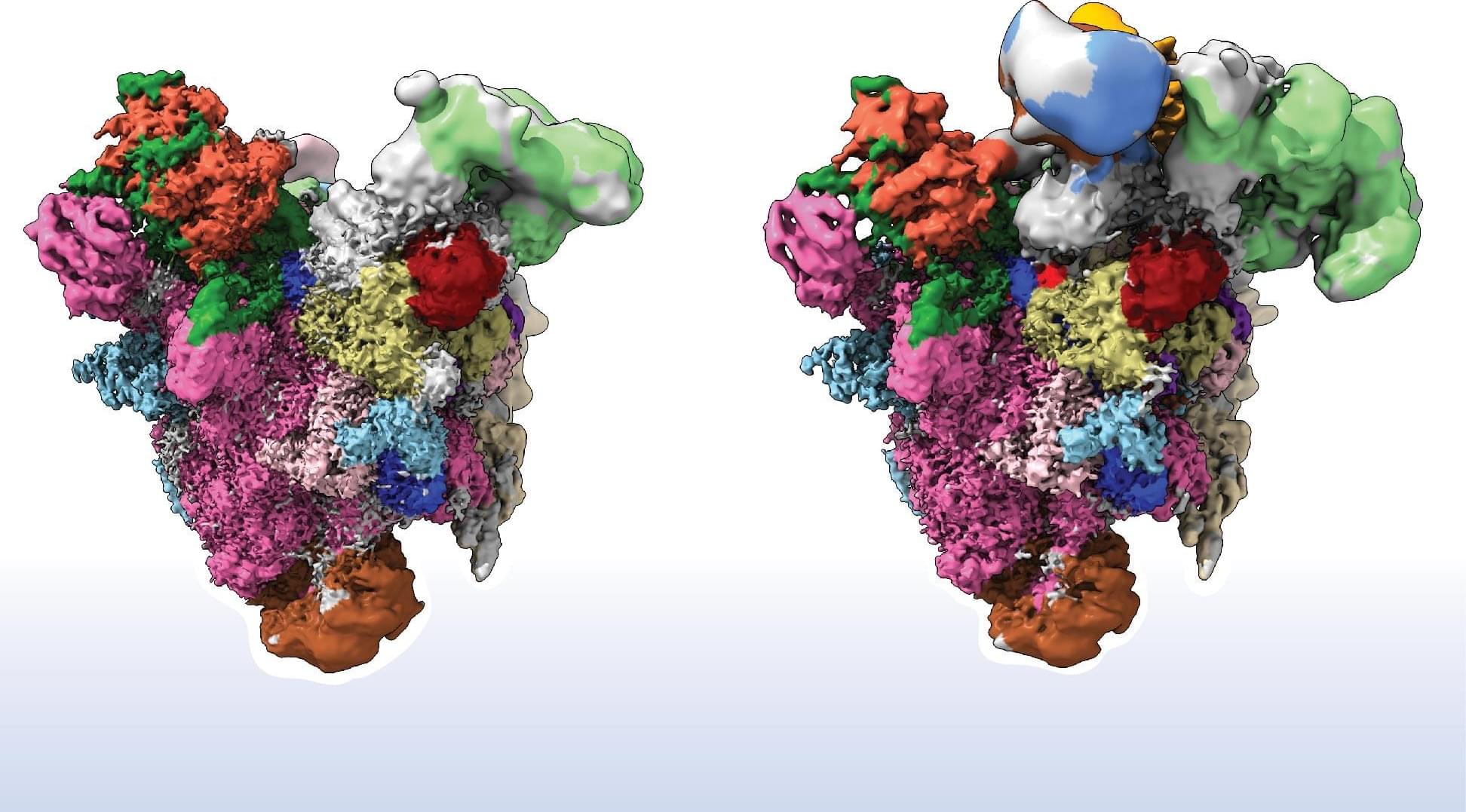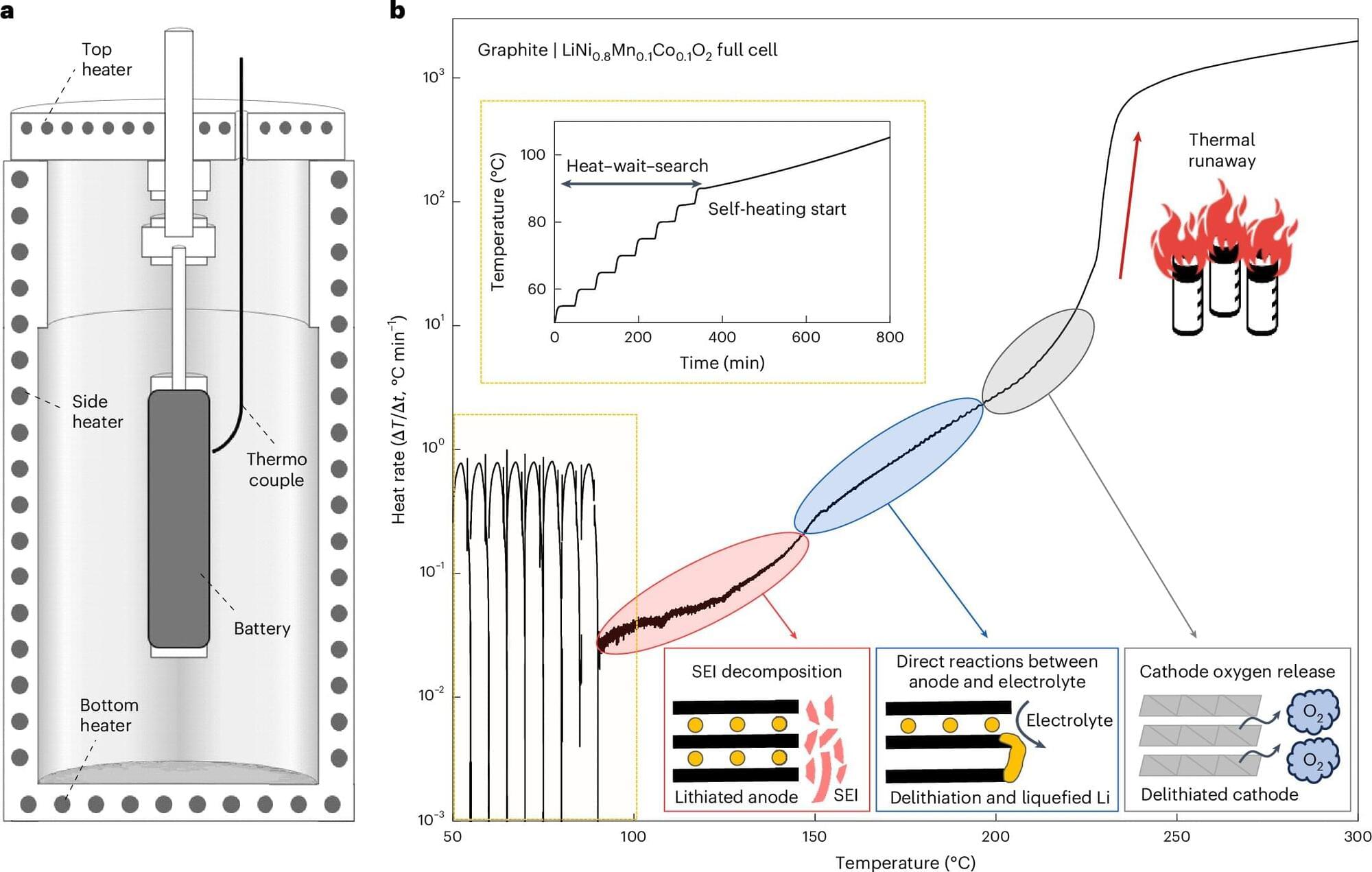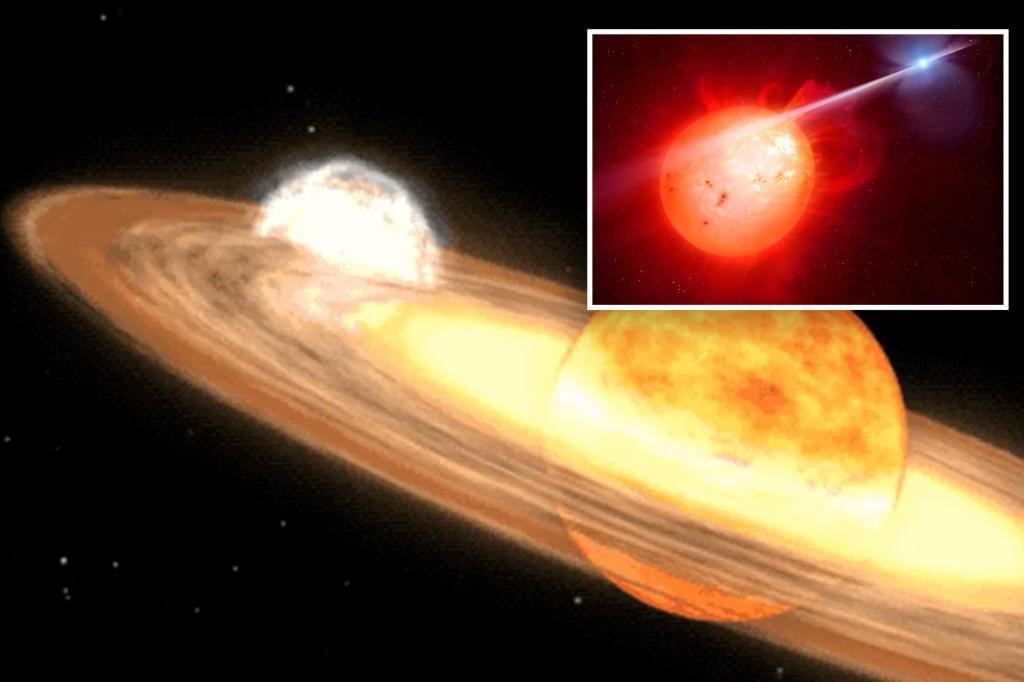
Category: futurism – Page 121


Lactylation orchestrates ubiquitin-independent degradation of cGAS and promotes tumor growth
Rao et al. found that lactylation stimulates the proteasomal degradation of cGAS independent of ubiquitin, which is compromised by phosphorylation of PSMA4 via disrupting its association with cGAS. Lactylation rewires PIK3CB activity and impairs ULK1-driven phosphorylation of PSMA4. Consequently, lactylation of cGAS sustains tumor growth and indicates the prognosis of LUAD.

First- and second-degree left bundle branch block and masquerading bundle branch block: Lessons learned during conduction system pacing
The classic definitions of bundle branch and fascicular block have been established without consideration if conduction block is complete or incomplete (conduction delay). Current electrocardiographic (ECG) definitions cannot distinguish pronounced conduction delay (first-degree block) from complete conduction block. We are presenting here 2 cases of first-degree left bundle branch block (LBBB) that may be relevant when interpreting findings and observations during conduction system pacing.



A 50-year-old theory in mechanics has been confirmed
The narrow groove theory was proposed in 1965 by J. H. Vohr and C. Y. Chow, two engineers at New York-based Mechanical Technology, Inc. The theory explains the working of herringbone grooved journal bearings, or HGJBs – a type of air-lubricated bearing that supports rotating parts in mechanical systems.
Many different types of bearings exist, but HGJBs hold the most promise for developing ultrahigh-speed rotating machines because the rotor is supported on a cushion of air generated by the rotating shaft.


Dangerous by design: Runaway miniature battery makes safety testing more accessible and affordable
Overheating batteries are a serious risk, in the worst cases leading to fires and explosion. A team including researchers from the University of Tokyo has developed a simple, cost-effective method to test the safety of lithium-ion batteries, which opens up opportunities for research into new and safer batteries for the future. The work is publishedNature Energy.
The researchers created an intentionally unstable battery which is more sensitive to changes that could cause overheating. The battery is one-50th the size of conventional batteries, so it is less resource-intensive and tests can be carried out in a smaller lab environment.
News stories abound of lithium-ion batteries overheating, smoking or even exploding. This makes safety testing a top priority for both manufacturers and consumers.

